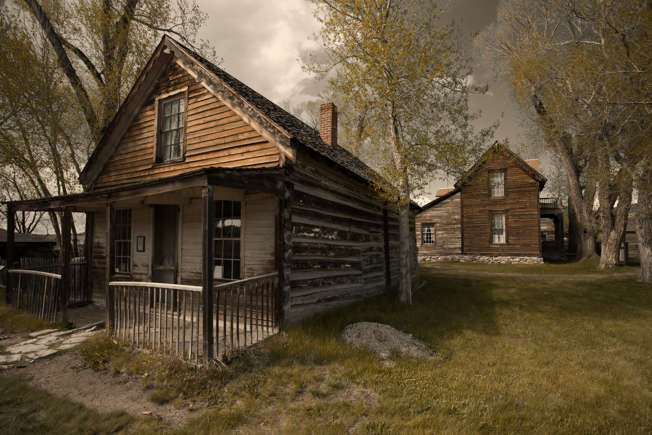Deserted towns Introduction
Deserted towns, often called ghost towns, offer a fascinating glimpse into history, nature reclaiming civilization, and the stories left behind. Unlike many abandoned places that are off-limits or dangerous, some deserted towns around the world are open to visitors, providing a unique travel experience for explorers, photographers, and history enthusiasts.
Why Towns Become Deserted
Towns become abandoned for various reasons—economic collapse, natural disasters, environmental changes, or shifts in industry and transportation routes. These deserted settlements often preserve architecture, artifacts, and landscapes that transport visitors back in time, creating an eerie yet captivating atmosphere.
Famous Deserted Towns You Can Visit
Some well-known deserted towns include Pripyat in Ukraine, abandoned after the Chernobyl nuclear disaster, and Bodie in California, preserved as a state historic park showcasing life during the gold rush era. Hashima Island in Japan, once a bustling coal mining community, now stands silent but accessible on guided tours.
What to Expect When Visiting
Visitors to deserted towns should be prepared for uneven terrain, limited facilities, and sometimes restricted areas for safety reasons. Many sites offer guided tours that provide historical context and ensure protection of fragile ruins. Exploring these towns is both an adventure and a respectful journey through time.
Preserving History and Nature
Exploring deserted towns encourages awareness of history and the need for preservation. Many of these sites are protected to maintain their cultural significance and natural environment. Responsible tourism helps ensure that these hauntingly beautiful places remain intact for future generations to experience.
Following is the list of global deserted towns you can still explore:
1 Virginia City, USA

Once home to a thriving community of 10,000 people, this former gold mining town now stands still, abandoned and preserved as a snapshot of the past. Once bustling with life and opportunity, it has since been left behind, offering a haunting glimpse into a bygone era.
2 Craco, Italy
Once a vibrant hub of learning perched on a hilltop, this historic town faced a series of devastating natural disasters that ultimately led to its full evacuation in the 1980s. What was once a center of knowledge and community life now stands silent, its empty buildings echoing the past.
3 Terlingua, USA
Terlingua, Texas, was once a bustling quicksilver mining community, home to miners and their families who had moved there for work. However, by 2010, the town’s population had dwindled dramatically to just 58 residents.
4 Hashima Island, Japan
Once known as the world’s most densely populated location, this enigmatic Japanese island was home to up to 5,000 residents until the 1970s. Since then, it has been abandoned, leaving behind an eerie, silent landscape steeped in history.
5 Kennecott, USA
Kennecott, a deserted mining camp nestled in Alaska’s Valdez-Cordova Census Area, has become a well-known destination for visitors. Recognized for its historical significance, it was designated a National Historic Landmark in 1986.
6 Kolmanskop, Namibia
Situated roughly 420 miles (675 km) southwest of Windhoek, Namibia, this abandoned town was once a hotspot for diamond hunters during the early 20th century.
7 Animas Forks, USA
Established in 1873, this mining town located along Colorado’s Alpine Loop was originally named “Three Forks of the Animas,” inspired by the convergence of three nearby rivers.
8 Ross Island, India
Ross Island, situated in the South Andaman district, once thrived as a British settlement during the 19th century. However, the island was abandoned following a powerful earthquake in 1940 that forced residents to leave.
9 Rhyolite, USA
At the dawn of the 20th century, thousands of miners and their families settled in Rhyolite, Nevada, drawn by the promise of striking gold.
10 Oradour-sur-Glane, France
This French town, occupied by Nazi forces during World War II, suffered a tragic massacre on June 10, 1944, when 642 of its residents were brutally killed.